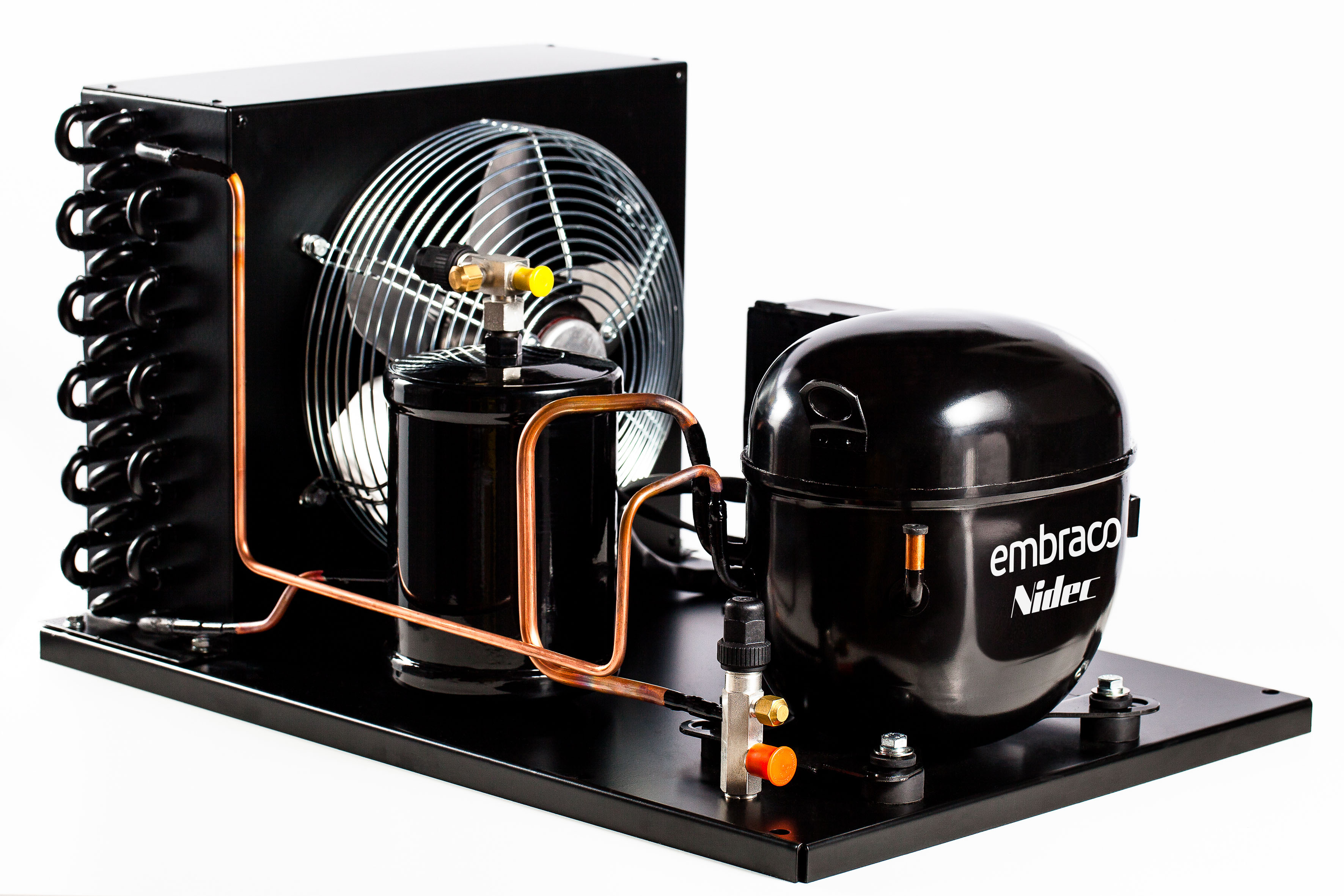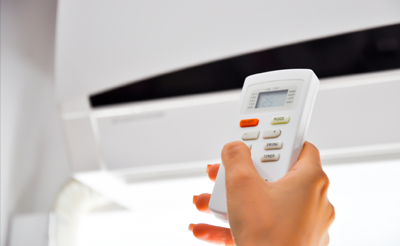[gravata]Longer service life assurance for commercial refrigeration equipment.[/gravata]
Caring for commercial refrigeration equipment is essential for bakeries, restaurants, bars, hotels and other establishments. Therefore, contractors should show these establishments that maintenance linked to the prevention of future problems is what will ensure the equipment’s best operating conditions, increasing its useful life. There are many arguments to convince your customers about the advantages of having a preventive maintenance plan or contract for their equipment, detecting in advance any anomaly or malfunction in the cooling system:
- Minimize product loss due to thawing and deterioration as well as the resulting financial losses;
- Prevent possible fines from inspection agencies related to poor food preservation;
- Keep the establishment’s good image with customers;
- Avoid energy consumption increases;
- Notice problems that could lead to the breakdown or destruction of parts and components;
- Avoid unnecessary urgency calls to a technician to solve problems that wouldn’t have happened with prevention.
WHERE TO START
Planning an efficient preventive maintenance starts by reading the equipment manuals, checking the recommendations made by manufacturers regarding aspects such as:
- With the above information, it’s possible to establish, for example, the distance that must be maintained between the equipment and walls or other obstructions to ensure air circulation.Storage capacity;
- Ideal locations and conditions for installation;
- How to use it.
It’s also necessary to check the electrical wiring. Is it exclusive to the equipment? Does it have the proper sizing to support the current used? If the answers are negative, it’s necessary to fix these problems. It’s worth emphasizing that using an exclusive outlet for each cooling system is recommended. After this initial check, made at the time the work starts, it’s necessary to define the actions that will be part of periodic maintenance. See below:
1) Appearance The equipment’s aesthetic appearance is often overlooked in maintenance. But it’s important to be alert to how it looks. This affects the store’s image, because customers notice dirt and bad conservation. What should be checked:
- External and internal cleaning (dust, grease marks, residues, etc.);
- Dirty or cracked glass (only equipment with glass door).
2) Sealing systems Inspection must check the condition of the doors’ rubber seals. Besides harming the appearance (with neglected visual and external condensation on the cabinet), dryness, warping and cracking cause air and moisture infiltration. The result is that the system will require more from the compressor, increasing energy consumption and generating refrigeration capacity loss.
3) Equipment with glass door The visual aspect of the glass door may already indicate a problem: if it’s getting sweaty, there’s water condensation (sweating). In glass doors with heating, it’s necessary to check if the heating element is working properly is not replace the door.
4) Condenser Since it’s more exposed, the condenser is apt to accumulate dust, leaves, insects, papers and other impurities, which hinder air flow. Dirt will accumulate and hamper heat exchange, which results in:
- Increased condensation temperature;
- Increased energy consumption by the compressor;
- Loss of cooling capacity.
Dirt should be removed with water, rag or compressed air. Chemical products shouldn’t be used, particularly those containing chlorine. The exceptions are in environments where a lot of oil is used for frying, such as industrial kitchens where the oil should be removed with an appropriate degreasing agent.
5) Evaporator In commercial systems such as vertical displays for beverages and ice cream, it’s common to use automatic defrost through electrical heating elements or hot gas. In this case, it takes only a visual inspection to detect the presence of ice. In other systems, this defrosting device may not be available. Basic maintenance in this case includes being attentive to the layer of ice that forms, performing the system shutdown, when necessary, to eliminate the ice. To protect the compressor it’s necessary to check the voltage supply, which should always be close to the rated voltage (127 or 220 V). In addition, check the current consumed and compare it to the operating information in the manufacturer’s manual.
6) Compressor Voltage and current consumption variances can pose risks to the useful life of the compressor. To detect them, always use appropriate measuring equipment. Another important aspect to be checked is the existence of vibrations caused by loose fasteners, which are easily solved with retightening. These vibrations must be eliminated so they don’t cause cracks in the brazing points that connect the compressor to the system, not to mention that they also generate excessive noise.
7) Condensing unit motor/fan It’s necessary to check for dirt that accumulates on the shaft, which requires more motor effort. This can shorten its useful life and generate increased condensation temperature. Just a little attention is needed to see if the motor and the fan are dirty, cleaning it with a rag or compressed air.
8) Gas charge In well-made and well-maintained installations, the refrigerant fluid doesn’t need to be replaced or supplemented, except for some larger or light industrial applications. The charge is required only in case of leaks, which usually occur through mechanical joints and welds in the tubing line. In such cases, try to identify where the fluid leaked, fixing the problem. Then replace the compressor with a new one and carry out the vacuum process.
9) Oil On systems using hermetic compressors there’s no need to be concerned about oil. So topping off the oil level is not recommended for most applications. Remember that compressors are designed with the best technology and thoroughly tested, receiving the amount of oil required for normal operating conditions. Important: in cases of unreported exceptions or problems, always check with the equipment’s manufacturer to know the correct procedure to follow.



